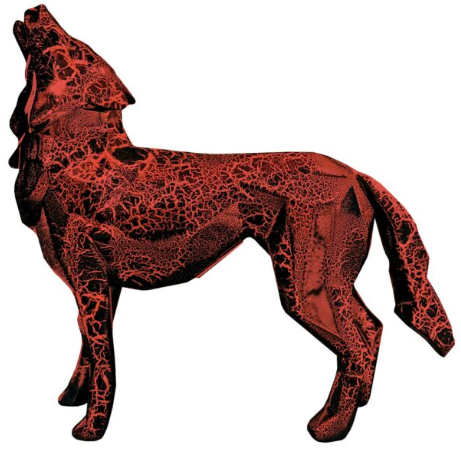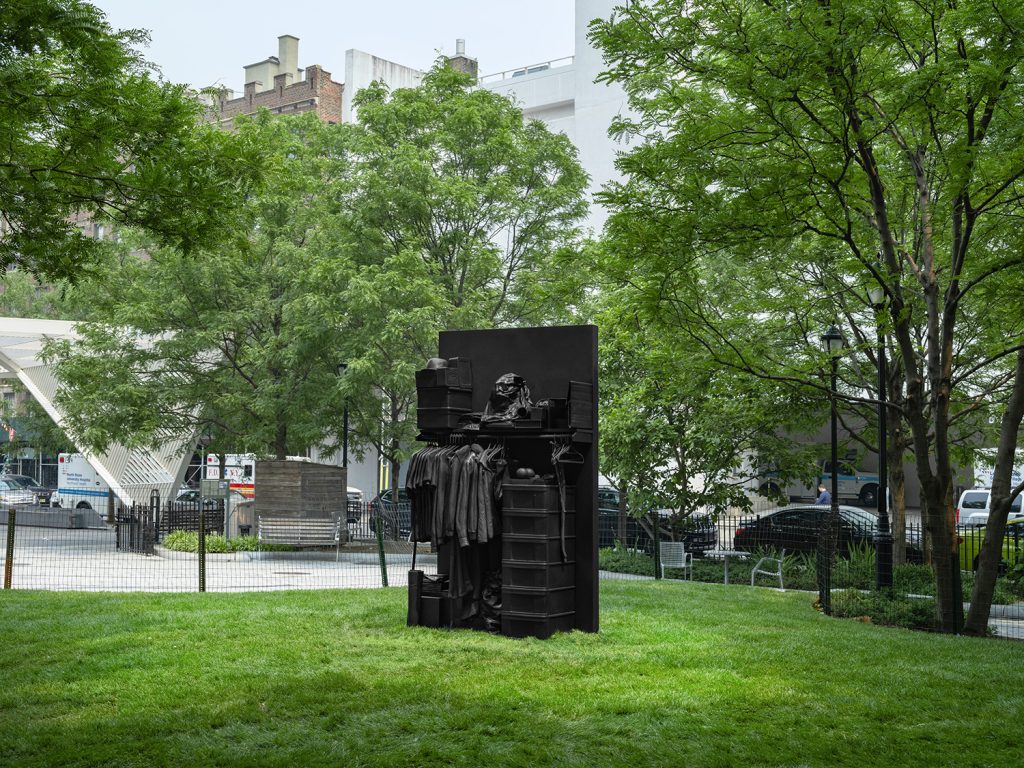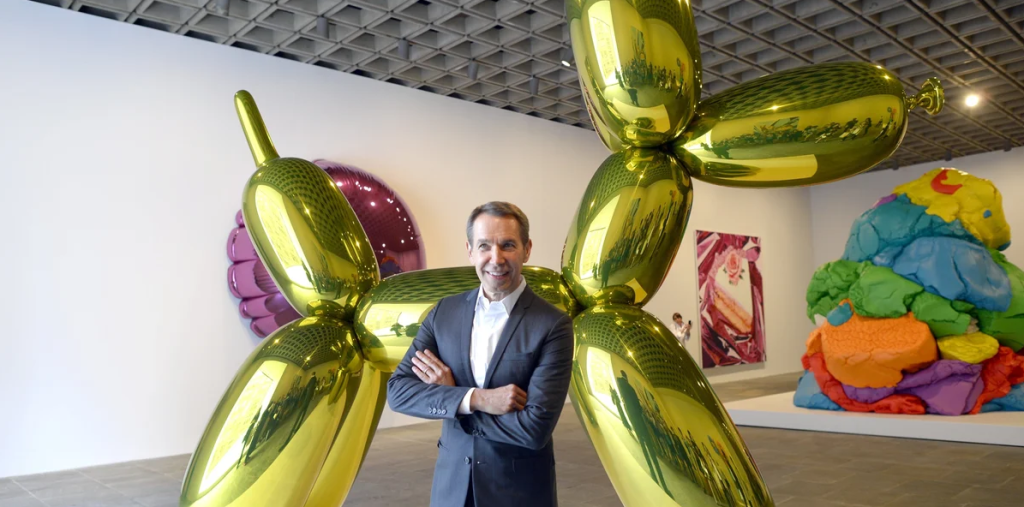The Howling Wolf by Richard Orlinski is more than a sculpture—it’s an embodiment of primal energy, freedom, and transformation. Known for his bold geometric style and vivid color palette, Orlinski brings wild creatures to life with modern sophistication. Among his celebrated “Born Wild” collection, the Howling Wolf stands as a symbol of raw instinct balanced by human creativity.
The Inspiration Behind the Howling Wolf
Richard Orlinski’s fascination with the animal kingdom fuels much of his artistic vision. The wolf, in particular, represents both ferocity and loyalty—a creature guided by instinct yet bound by the harmony of the pack. Through his sculpture, Orlinski reinterprets this paradox, capturing the moment the wolf raises its head to howl at the moon—a timeless gesture of communication and freedom.
For Orlinski, the wolf also symbolizes resilience and self-expression. The artist often uses the animal’s posture and tension to reflect human emotions such as determination, courage, and the pursuit of one’s voice in a chaotic world.
Craftsmanship and Modern Aesthetic
The Howling Wolf is crafted with meticulous precision, often in resin, aluminum, or bronze. Its faceted surfaces—a signature of Orlinski’s geometric aesthetic—reflect light in dynamic ways, creating a dialogue between shadow and brilliance. This technique gives the sculpture a sense of motion, as if the wolf were alive, caught mid-howl under a frozen moonlight.
Each piece blends high craftsmanship with a contemporary edge. Orlinski’s use of vibrant colors—like glossy red, white, or chrome—transforms the wild animal into a modern icon, merging nature’s strength with pop-art elegance.
The Symbolism and Global Appeal
Beyond its visual impact, the Howling Wolf resonates universally. It speaks to independence, leadership, and the call to reconnect with one’s instincts. Displayed in cities and galleries worldwide, it bridges luxury art and emotional storytelling, making it beloved among collectors and admirers alike.
For Orlinski, the wolf’s cry is not of loneliness but of liberation—a reminder that within every human heart lies the untamed spirit of nature.


